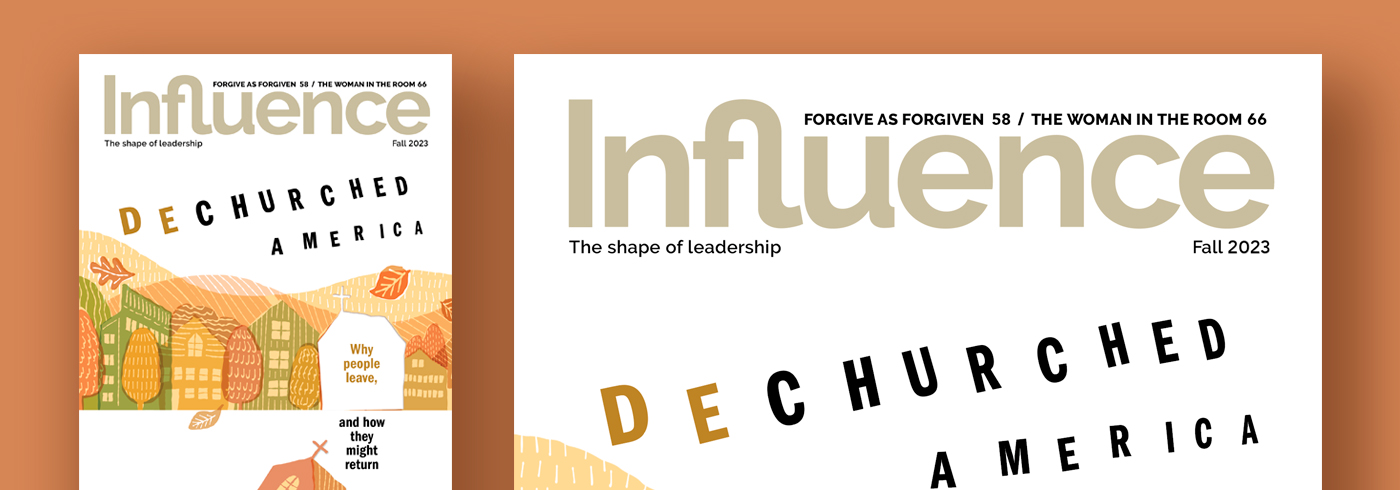Choosing the Right Songs for a Service
Find the music that works for your ministry
So many songs, so little time! Many people have asked me, “How do you choose songs for worship services?”
There are myriad ways to do it, and no single way is necessarily the right way. It is a spiritual, philosophical and practical process. As a worship leader and pastor, I will share a few insights on the factors I consider when choosing the songs for our services and events.
Skill
I work with a variety of skill levels, and we have a limited amount of time for practice, so I want to give my players the best preparation I can. I must consider these crucial questions: What can my musicians play? What can my vocalists sing?
I plan the songs a month at time when I do the schedule. Generally, I’m preparing songs for four or five Sundays, plus any special services. That doesn’t mean we can’t make changes. Everyone knows there is a degree of flexibility.
But this approach provides a structure each player can work with on their own time and in rehearsal. Also, everyone has access to the schedules if they want to use them at home.
Context
As a worship leader, these are questions you must think about: What is the context of your congregation? Is it mostly young families in a suburban setting? Is it an established church, spanning several generations? Is it multi-ethnic, with non-English speakers? Are the attendees mostly longtime Christians, new believers or non-believers?
Music should open people’s hearts to the presence of God, so it’s important to choose songs that the people in your congregation connect with. That may mean choosing some songs that aren’t in your personal favorites playlist.
What is the context of the service? Is it an acoustic worship night? Is it an intercessory prayer time during an outreach service? Or is it a youth night? This also helps shape the songs, based on who will attend and what the purpose is.
Intensity
One of the mistakes I see worship leaders make is choosing too many songs that are too similar. They may choose a medium-tempo song to start the service, which never really gets off the ground, followed by another medium-tempo song. I find that in many Pentecostal services, there’s a wall of sound from start to finish: loud and long.
Give people a chance to hear the voice of the Lord and respond to Him.
I always try to include two factors in any worship set: energy and intimacy. I try to have at least one up-tempo, high energy song that really expresses praise. Later, I always include a softer song to allow an opportunity for God to speak to people’s hearts.
Even though a slow worship song can be intense, and that’s natural in our context, I always make sure there is a quiet, spiritually intimate moment in every service.
Format
Our church is multi-ethnic and multi-generational and includes an array of religious backgrounds, predominantly Catholic, Baptist and Pentecostal. While no one will ever be completely happy, I try to incorporate these three elements into every song list: gospel, traditional and contemporary. (For lack of a better description, contemporary is four-on-the-floor, keyboard pads, Bethel, Young & Free — you get the idea.)
In my opinion, gospel does praise the best, while contemporary worship can really connect people to the presence of God. So, for example, we may start with a familiar gospel song and sing a hymn arrangement for the second song.
Here is our format, or liturgy:
- Two songs
- Communion introduced (received at the front)
- Third song
- The Apostle’s Creed (short explanation, words on the screen)
- Announcements and offering
- Fourth song
- Message
- Altar response time
We recently added the fourth song right before the message. We find it helps the transition go more smoothly and has helped take our corporate worship to a deeper place.
Series or Message
First and foremost, if the purpose of corporate worship and singing is to open people’s hearts to hear the Word, the message leads the way on song selection.
I work closely with the teaching team to know the series and the specific message planned for each week. While certain topics can be hard to match with songs, I try to include at least one that heads in the direction of the message, which we can also repeat during the altar response time.
My biggest caution is not to overpack the song list. If you only have 18 minutes, you probably shouldn’t try to get through four songs. Also, be careful about introducing too much new music. It’s easier for people to participate if they know the songs, and that means they’ve had at least three or four chances to sing them.
Think about your context. Consider the skill level of your team. Plan for differing levels of intensity. Work with the speaker to match the theme. And give people a chance to hear the voice of the Lord and respond to Him. Ultimately, that’s our job as worship leaders.
Influence Magazine & The Healthy Church Network
© 2025 Assemblies of God

